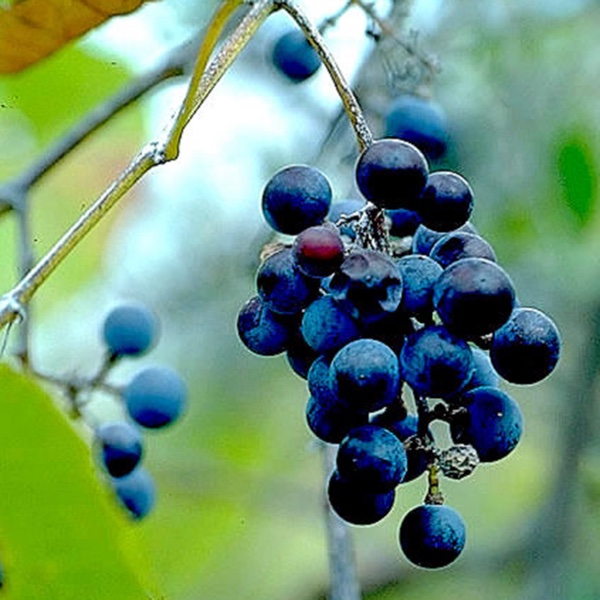Slow Rot... or Not!

Download lesson plan and included materials
Subject: Science
Grade: 5th
Author: Jennifer Goldstein, revised by Mary Rodriguez (2023)
Time Duration: One 45-minute class period and time to make 3 additional observations of experiment over a ten-day period.
Overview: In this lesson, students will discover how various environmental conditions affect materials that easily decompose, and how that relates to artifact preservation, such as ancient sandals made of plant fibers. They will formulate and directly investigate their own preservation theories by observing how grapes decompose in five different environmental settings. They will hypothesize how particular environments will affect their "artifact," record observations of the grapes' changing properties over a ten-day period and, finally, form conclusions based on their research.
TEKS: Science, Grade 5
- (1B), use scientific practices to plan and conduct descriptive, comparative, and experimental investigations and use engineering practices to design solutions to problems
- (1E), collect quantitative data using the International System of Units (SI) and qualitative data as evidence
- (5B), identify and investigate cause-and-effect relationships to explain scientific phenomena or analyze problems
Materials:
- Picture of ancient sandal for display (included)
- Observation Table handout (one per student, included)
- Grapes (each student should have 4 or 5)
- Four clear plastic cups; several Ziplock sandwich bags
- Two small lamps with heat-making bulbs (not LED)
- Access to a freezer
- Spray bottle filled with fresh water
- Salt water in a container
Activities and Procedures:
Step 1: Display the picture of the ancient sandal. Explain that ancient people made these sandals more than 5,000 years ago out of plant leaves, such as yucca and agave. Discuss how they could have survived so long. What kind of environment might have preserved them? (Examples: beach; dry cave; jungle; river bank; arctic; desert; ocean, etc.) Note: this sandal was found by archeologists in a dry cave in the Chihuahuan desert in the Texas Trans-Pecos region near El Paso.
Step 2: Divide class into 5 groups. Pass out Observation Tables and small bunches of grapes to each group. Groups observe the grapes and fill in descriptions under Day 1 on the Observation Table.
Step 3: Assign one of five environments to each group. Students discuss the probable conditions they would expect in the environment assigned and then form a hypothesis about how well the grapes will be preserved (Students will record on Observation Table.) Arctic (frozen), Desert (hot, dry, bright), Dry Cave (dry, dark), Jungle (hot, humid), or Ocean (submerged in salt water).
Step 4: Follow instructions for simulating the five environments:
Arctic: Place grapes in a plastic cup and then freeze them. This can be done in a freezer at school or each student can freeze their own at home and self-monitor through the course of the observation period.
Desert: Place the grapes in a plastic cup under a hot lamp in the classroom.
Dry Cave: Place the grapes in a plastic cup in a dark protected place in the classroom, like a closet shelf.
Jungle: Spray the grapes (stored in a zip-lock bag—this increases humidity) with fresh water several times a day and place the bag under a hot lamp. The bag can also be placed outside if there is enough heat and humidity.
Ocean: Submerge the grapes by placing a rock or brick on top of the grapes in a container of salt water (1/4 salt cup per gallon of water). Cup with grapes should be full of water. An extension for the group is to place a penny in the water. Compare what happens to the metal compared to the grapes.
Step 5: Over the next 10 days, groups monitor the grapes and record changes on Days 1, 3, 5, and 10. They will need to both write and draw their observations. All students will observe and record.
Closure: Which environment best preserved the grapes? The dry cave closely matches the environment where the ancient sandal was found. Why would a dry cave preserve yucca leaf sandals better than it did the grapes? After completing the 10 days of observation, each group shares their original hypothesis and their final conclusions with the class.
Extension Activities: Have the class explore the interactive "The Case of the 5,000- Year-Old Sandals" with Dr. Dirt, the Armadillo Archeologist to learn more about ancient sandals of west Texas and how they were made: www.texasbeyondistory.net/trans-p/kids/sandals/index.html
Student Product: Completed Observation Table: Material Decomposition